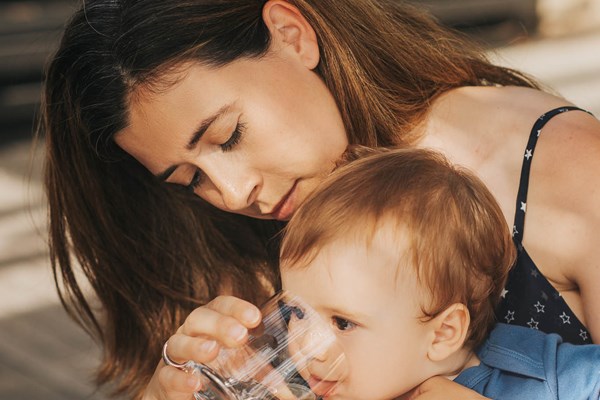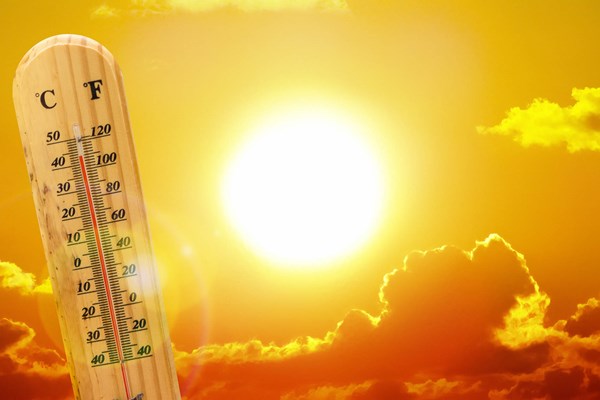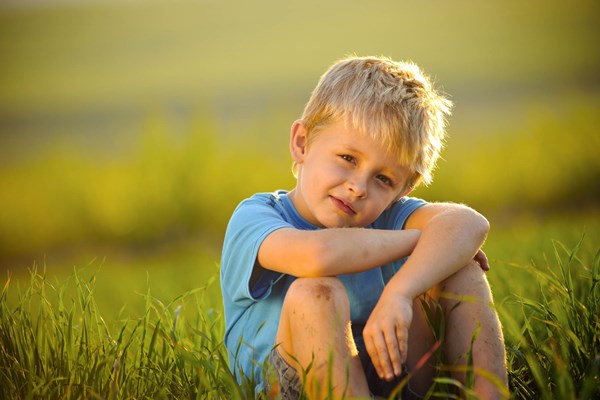Sun and heat safety
In the UK, we love to talk about the weather…too wet, too cold, too hot, too humid, the list goes on…however one thing most people will be able to agree on is that summers are getting hotter.
To back this up, the UK recorded its highest ever temperature of 40.3c on 19th July 2022 and according to the Met Office online, the UK has experienced an average annual increase of temperature by 0.8% and an increase of sunshine by 5.6% (online, December 2021). With these changes set to continue we must ensure that we adapt accordingly to enjoy the sun and heat safely.
Within childcare and education settings, leaders and managers have a duty of care to keep their staff and pupils safe. In summer this might extend to additional considerations around the sun and heat safety that are not required at other times of year.
Sun and UV protection
Cancer Research UK explains, “you can’t tell whether you are at risk of burning by the temperature outside. This is because you can’t feel UV rays. People can still burn on cool or cloudy days, if the UV index is 3 or more.” Adequate protection from the sun and UV rays should come in a multi-layered approach:
- Ensure everyone (including adults) consistently wears sunhats which protect the face and neck from exposure. Wide brimmed hats which shade the face, ears and neck provide the best UV protection and are recommended (Legionnaire style).
- Ensure everyone (including adults) applies sun cream and reapplies this regularly. There are two types of UV rays which are most harmful and sun creams can protect against both of these; recommended is a Sun Protection Factor (SPF) of at least 15 for UVB protection and a high star rating with 4 or 5 stars for UVA protection.
- Provide shaded spots outside with calmer activities/spaces within it to allow sun protection and a space to cool down. Avoid very hot and/or non-shaded spaces between 11am – 3pm daily in summer months.
- Check the UV index daily and apply the above precautions accordingly. The Met Office provide a daily UV index forecast which identifies current UV ray ratings and predicts future rays for the following week.


Safe working temperatures
There are no legal boundaries on what constitutes a maximum working temperature, rather it is about ensuring that the conditions for employees are appropriate for the activities being carried out.
For example, employers could adjust their uniform policy to allow for summer clothing (e.g. shorts instead of trousers) or provide air conditioning units and/or fans where needed. Employers should consider the amount of time staff are expected to be outside and review if additional protection is required (e.g. sun cream and sun hats).
The HSE provides further information on legal working conditions.
Heat and sun related illnesses
The most common illnesses relating to heat and the sun are sun burn, heat exhaustion and heatstroke.
Sunburn
In addition to the pain and discomfort of sunburn, Cancer research UK explains that getting sunburnt just once every two years can triple the risk of melanoma skin cancer, compared to never being burnt. Applying the sun safety suggestions above will minimise the likelihood of someone being burnt.
Signs and symptoms of sunburn can vary for everyone and will depend on the persons skin tone and age. Signs and symptoms may include:
- skin feeling hot to touch,
- sore or painful skin,
- flaking or peeling skin (this usually happens a few days afterwards),
- blistering on skin for severe sunburn.

However, sunburn doesn’t always present as raw, peeling or blistering skin. For people with lighter skin tones, the skin may turn pink or red in the sunshine. For people with darker skin, the skin may feel irritated, tender or itchy instead. Treatment for all sunburn is the same. The individual should come out of the sun as soon as possible to stop further damage, cool the skin with tepid running water (a cool damp towel could be used if the skin is not broken), drink plenty of water to rehydrate, apply an aftersun lotion and cover the skin from further exposure until it has healed. Aftersun lotions should be recognised products and not myths without scientific backing (For example, not petroleum jelly or toothpaste!).
Heat exhaustion and heatstroke
Heat exhaustion and heatstroke are two potentially serious conditions that can occur if someone gets too hot. Heat exhaustion is not usually serious if the person can cool down within 30 minutes. If it turns into heatstroke, it needs to be treated as an emergency.
Heat exhaustion is where a person becomes very hot and starts to lose water or salt from their body. Common symptoms include weakness, feeling faint, headache, muscle cramps, feeling sick, heavy sweating and intense thirst. The NHS advises the following treatment for heat exhaustion:
- Move them to a cool place.
- Get them to lie down and raise their feet slightly.
- Get them to drink plenty of water or fluids.
- Cool their skin – spray or sponge them with cool water and fan them.
- Stay with them until they're better. They should start to cool down and feel better within 30 minutes.

Monitor hydration levels and ensure everyone is drinking enough fluids. In general, older children will need more fluids than younger children due to their greater bodyweight. There are no UK-specific recommendations for children’s fluid intakes, apart from the general recommendation to have 6-8 glasses of fluid a day. The British Nutrition Foundation provide further information on this.
Heatstroke is where the body is no longer able to cool itself and a person’s body temperature becomes dangerously high. Heatstroke is less common than heat exhaustion, but more serious. Children are at high risk of heatstroke as they may not yet be able to accurately identify the signs and symptoms of heat exhaustion on their bodies. Untreated symptoms of heatstroke include confusion, seizures and loss of consciousness. It may be significantly harder to cool the body down without administration of medicine and a child may have a febrile convulsion. Urgent medical treatment should be sought for any cases of heatstroke.
Sources and additional information:
- Sun Safe Nurseries - https://www.sunsafenurseries.co.uk/
- Met Office - https://www.metoffice.gov.uk/about-us/press-office/news/weather-and-climate/2021/9120-new-climate-normal
- Cancer Research UK - https://www.cancerresearchuk.org/about-cancer/causes-of-cancer/sun-uv-and-cancer
- NHS Vitamin D - https://www.nhs.uk/conditions/vitamins-and-minerals/vitamin-d/
- Met Office UV forecast - https://www.metoffice.gov.uk/public/weather/uv-index-forecast
- HSE working conditions - https://www.hse.gov.uk/temperature/law.htm
- NHS heat exhaustion and heat stroke - https://www.nhs.uk/conditions/heat-exhaustion-heatstroke/
- British Nutrition Foundation - https://www.nutrition.org.uk/healthy-sustainable-diets/hydration/
- uk ‘Beat the Heat’ guidance - https://www.gov.uk/government/publications/heatwave-plan-for-england/beat-the-heat-staying-safe-in-hot-weather
